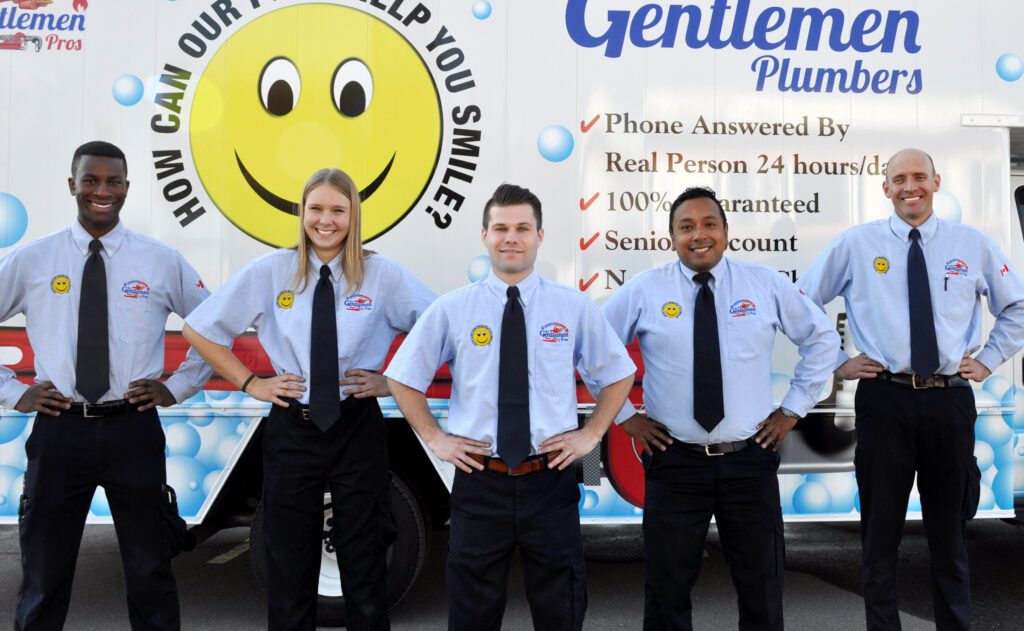
Same Day Service Since
2001
Call The Gentleman Pros Now!
(403) 879-1759

Furnaces 101
Our homes are our sanctuary. Where we sit back and relax after a hard day’s work. Where we unwind all toasty and warm oblivious to the cold Red Deer wind. Something else we are oblivious to are all the systems in our house that work to keep us comfortable. In the winter, the big workhorse is our furnace. Have you ever wondered how furnaces work? Yes? Well here’s the Coles Notes on furnaces.
Furnaces, it doesn’t matter what type, all work basically the same. Your furnace receives a message from your thermostat that it is time to work. The furnace then takes in air through the cold air returns (located throughout your house), heats the air, and circulates it throughout your house via the duct system. The furnace shuts off when it receives the message from the thermostat that the desired air temperature has been reached.
More specifically …
You set your thermostat to the temperature you want. The thermostat takes the temperature in your house and if it is lower than the temperature it is set to, it sends a message to the furnace.
Gas Furnace
A gas furnace then sends fuel to the burners where the gas mixes with air. Next, this mixture is ignited by the pilot light. The burners (also called the combustion chamber) then maintain a controlled even flame. Newer furnaces have switched from a pilot light to a silicon nitride ignition source referred to as a glow stick.
The burners heat the heat exchanger (series of metal tubes) which more efficiently heats the air than the burners on their own. The heat exchanger sits above the burners.
Once the air reaches the set temperature, the blower motor kicks in to disperse the air sucked in by the cold air returns. This air is pushed through the heat exchanger heating it and then sent into your home via your ducts. Any harmful fumes are ventilated outside through the flue.
Electric Furnace
An electric furnace doesn’t have a pilot light and burners but uses an electric ignition and heating elements to create heat. Heating elements are made up of electric resistance coils that directly heat the air pulled in by the cold air returns. No need for a heat exchanger. The more heat an electric furnace needs to produce, the more heating elements will be used.
Once the air reaches the appropriate temperature, the blower fan activates and distributes the hot air into your home through your ducts.
Sounds simple doesn’t it but there are many components that have to work together smoothly to deliver your hot air. And only one thing needs to go wrong to cause your furnace to quit and disrupt your life. That’s why we recommend annual maintenance to keep your furnace in tip top shape and your sanctuary a warm place to enjoy family and friends.



